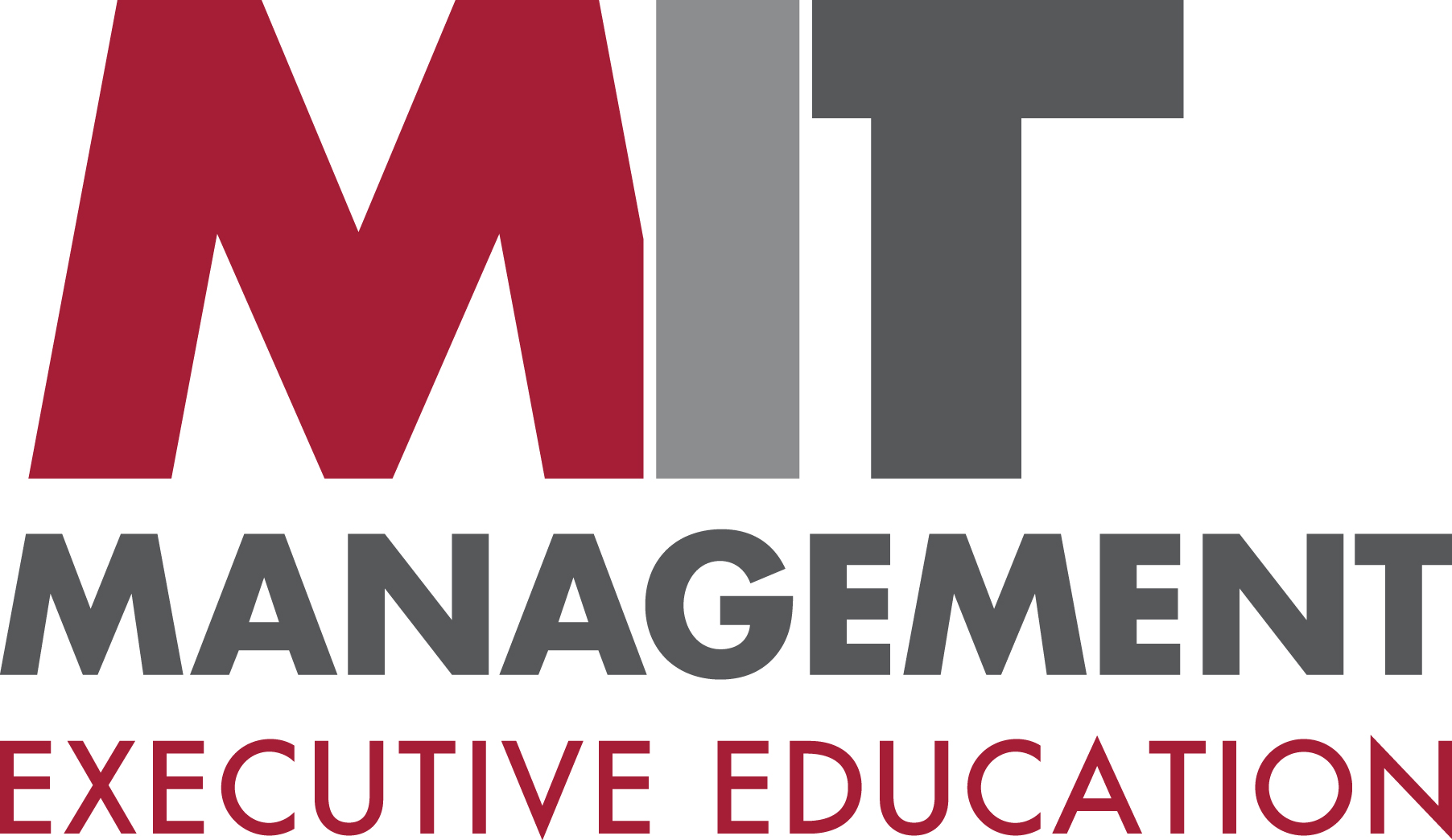- Innovation
Time to Apply Generative AI
MIT Sloan’s Paul McDonagh-Smith encourages an optimistic approach to employing generative AI at work
As far as disruption, a 2023 MIT Sloan School of Management paper, from Erik Brynjolfsson, Danielle Li, and Lindsey Raymond, predicts that at least 10% of the component tasks involved in 80% of existing jobs can be automated by generative AI, and that for 19% of workers at least 50% of the tasks they perform at work can be automated. Paul McDonagh-Smith, Senior Lecturer in IT at MIT Sloan, notes in a recent webinar that, “we should think in terms of tasks, not jobs, when considering productivity gains.” If we do this the potential benefits from automation become clear—as does the likelihood of workforce disruption.
The impact of generative AI
AI has been widely used for some years now as an extension of data analysis, business intelligence, and process mining. Generative AI changes the game. Machine learning is on a journey—progressing from original AI, through generative AI, towards a future artificial general intelligence (the worrisome type of AI that futurologists tend to speculate about). How long this journey will take is unknown, and McDonagh-Smith advises us to focus on the present—actions we can take now to prepare for a business environment enhanced by a wide variety of generative AI applications.
The design of any AI machine learning application involves three elements: the definition of the task, the data sets, and the algorithms required. The difference with generative AI is that, rather than the data being solely used as an input, data is the output too—text, images, code, etc. Whereas with original AI the computer, through pattern recognition, looks at an image and describes it, with generative AI we ask questions or describe an image and the computer creates it. This changed capability—from analysis to synthesis—opens a whole new horizon in terms of business opportunities.
Exploiting the potential of generative AI
The metaphor McDonagh-Smith uses to describe where we are and the future potential for exploiting these opportunities is one of a city skyscraper. With original AI we are on the 10th or 15th floor. The ultimate potential for generative AI resides on about the 87th floor. To reach the higher floors we need to fully engage human creativity and intuition and complement this with technical capability.
As a prerequisite, managers should find the time in their busy schedules to reflect and explore to make sense of what is going on. Although transformation to the future workplace needs technically-savvy people, it also requires all leaders and managers to think deeply about the corresponding business model and business process innovation that can take advantage of the technology.
…………………………………………………………………………………………………
Format: Online self-paced | Duration: 6 hours completed within 30 days
…………………………………………………………………………………………………
Exploration and experimentation are key to working out what we can do today to restructure our work—what can be augmented or replaced by generative AI applications. Opportunities will emerge as we get better at interfacing with the technology. The opportunities will be both operational and strategic. It is important to think both short-term—fast, off-the-shelf solutions applied now will help build our capability—and long-term, considering workforce and strategic implications. What skillsets do we have? What skillsets do we need to acquire? Are we going to ‘go it alone’ or partner with others? Do new cost structures enable new commercial opportunities?
Where to start?
It is natural to be anxious in confronting such a profound new technology. McDonagh-Smith calls for us to be optimistic and to start by familiarizing ourselves with the various generative AI tools available, from ChatGPT and Microsoft Copilot through to deeper resources such as Google DeepMind (developer of the AlphaFold AI program which performs predictions of protein structure.)
Experimentation with these resources should be cross-functional. Generative AI is a general-purpose technology of potential value to every function in an organization. While IT department capacity is essential, it is important to engage as broad and diverse a group as possible in the conversation about potential applications so as not to limit innovation. What was the case with successful digital transformation is equally the case for adopting generative AI.
Conducting experiments helps build and train our intuition and show us where to go next. The potential applications are endless. Suggested starting points might be in developing chatbots, automating software development, recognizing sales patterns, or maybe automating content for sales materials. More strategically, the technology could be used to rethink past scenario planning. Are previously rejected ‘what if’ strategies from the past now exploitable in the new environment?
Underpinning all of this we need to ask ourselves three basic questions:
- Is our data generative-AI-ready? Do we have a data strategy to support our ambitions?
- Are our people generative-AI-ready? Not just technically ready, but will our organizational culture be comfortable with the journey ahead?
- Are our processes and strategies ready to interface with generative AI or do they need rethinking?
Deeper considerations
Generative AI has the capacity to transform jobs, organizational structures, and—perhaps most profoundly—decision-making processes. This brings with it the need to exercise wise human judgement and to take account of a range of ethical considerations. Leaders need to be deliberate and thoughtful about which current tasks and processes are to be augmented and which replaced by AI, where possible letting people shape the use of the technology rather than imposing it from above, and acting to close skills gaps and minimize AI-fueled job losses.
Finally, it is important to bear sustainability in mind, ensuring what we build is in the best interests of society. The technology is developing rapidly, often too fast for industry oversight or regulation to keep pace. So, it is beholden on business leaders to maintain ethical values, offer a credible ‘future of work’ narrative to their employees, and treat all stakeholders fairly—while at the same time enabling the competitive advantage generative AI can provide.
This article is based on the MIT Sloan Executive Education webinar: ‘Discover the Business Potential of Generative AI,’ with Senior Lecturer in IT Paul McDonagh-Smith, hosted by Senior Associate Dean Peter Hirst
…………………………………………………………………………………………………
Enroll now for the ‘Generative AI Business Sprint’ program – available on demand. Generative AI Business Sprint is conducted by world-leading faculty from the MIT Sloan School of Management and the MIT Schwarzman College of Computing whose collective insights will enable you to use generative AI to create competitive advantage in your company.
MIT Sloan is uniquely positioned at the intersection of technology and business practice, and participants in our programs gain access to MIT’s distinctive blend of intellectual capital and practical, hands-on learning.
ARTICLES YOU MIGHT LIKE
VIEWPOINT
Cognitive neuroscientist, Lynda Shaw, explains how to understand and support intrapreneurs
DEVELOPING LEADERS QUARTERLY MAGAZINE AND WEEKLY BRIEFING EMAILS


































